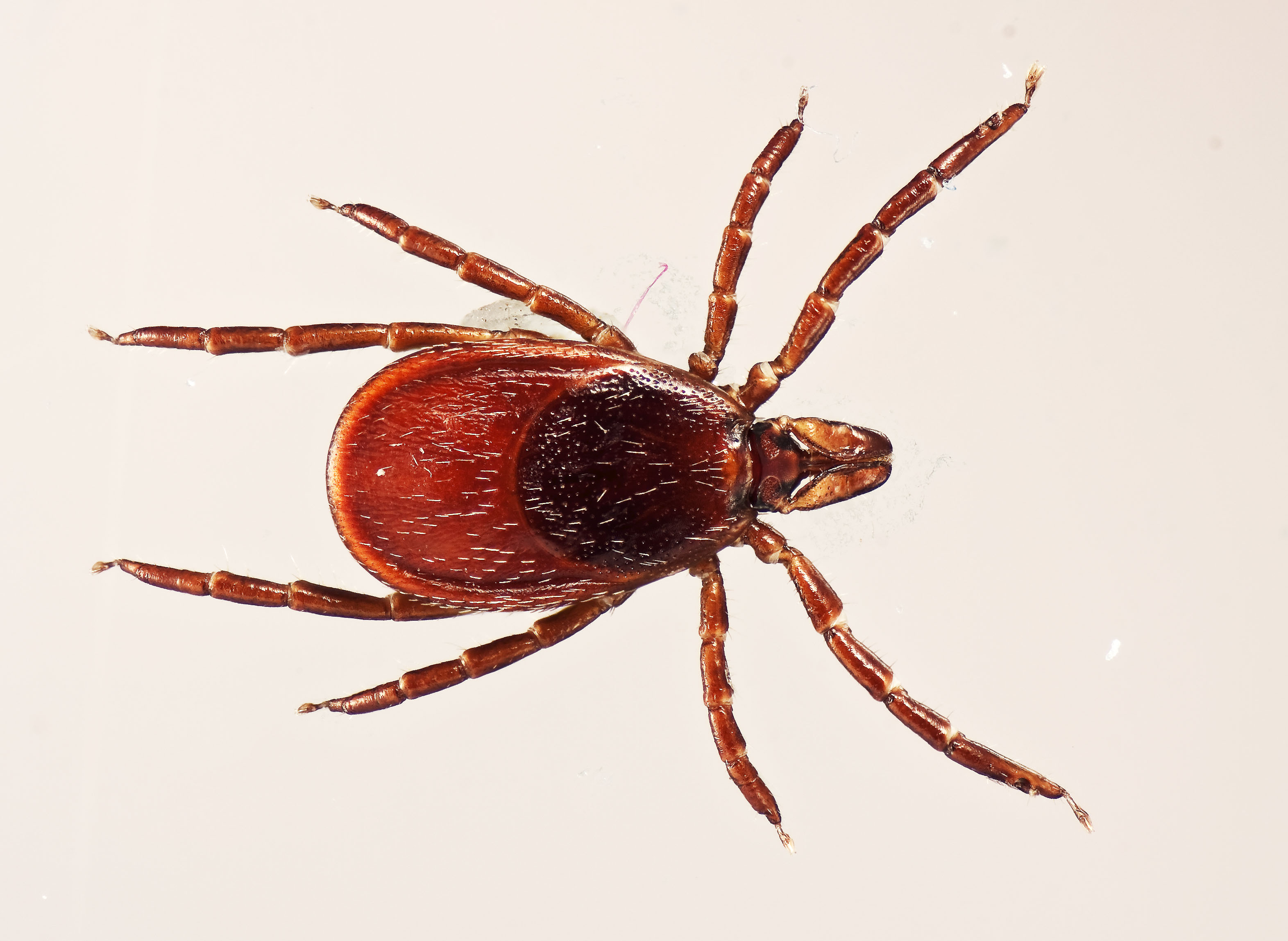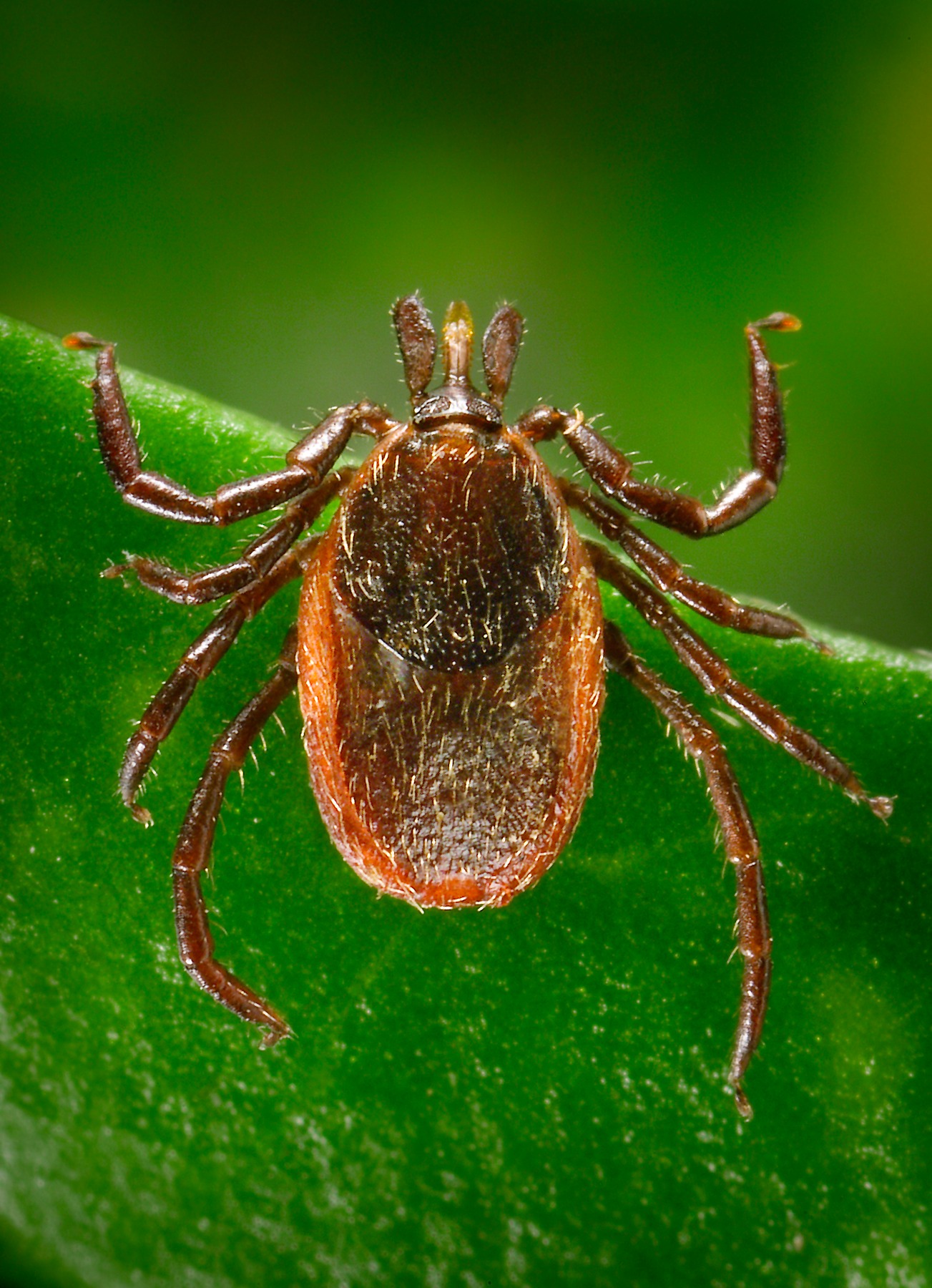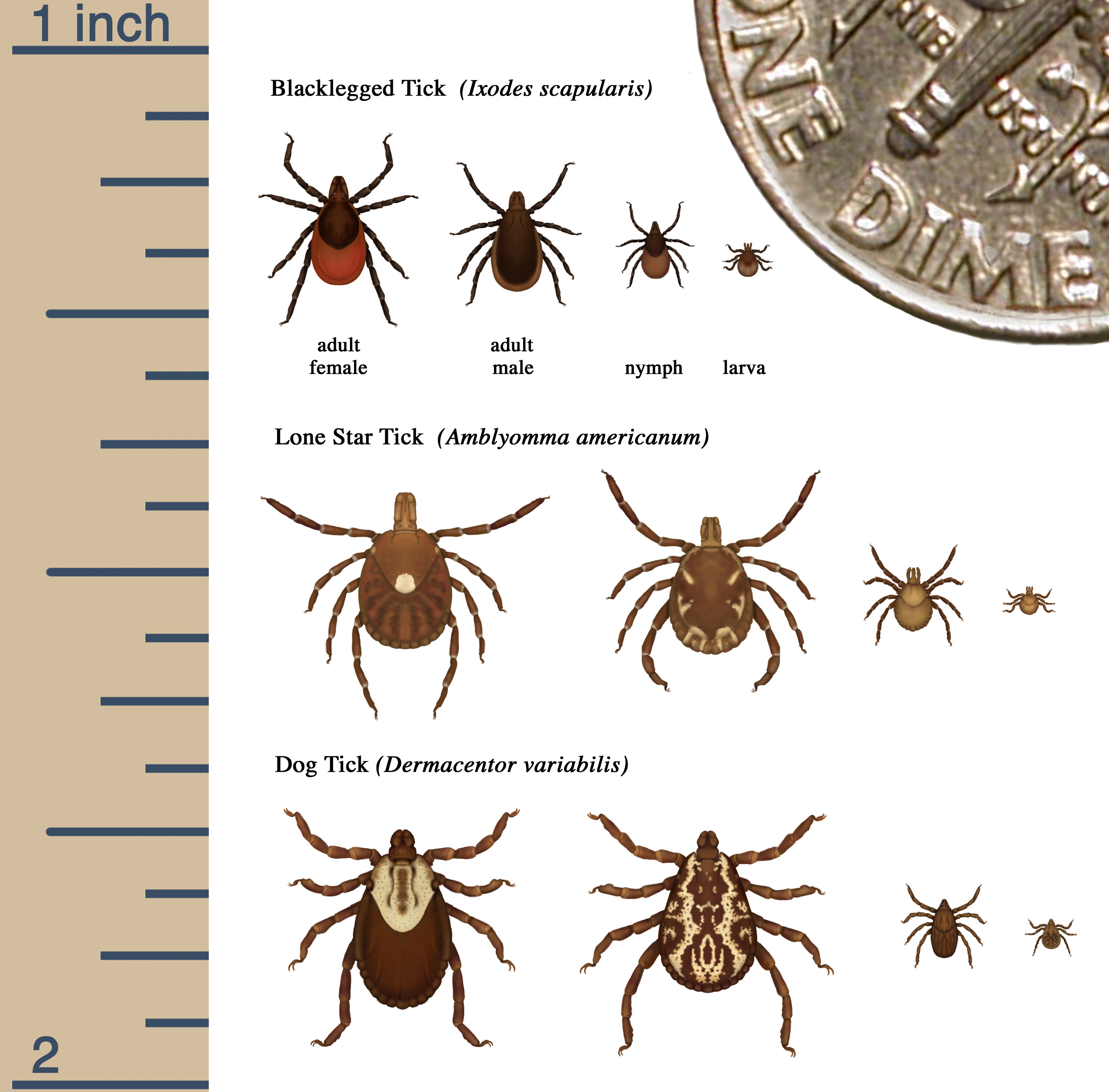The Relentless Rhythm: Understanding Tick Threats And Protection, Tick Tock Tick Tock Tick Tock Tick Tock
Every moment counts when it comes to keeping our furry family members safe from tiny, persistent threats. The steady beat of "tick tock tick tock tick tock tick tock" reminds us that time is always moving, and with it, the potential for ticks to cause trouble for our beloved dogs. You see, these little creatures are more than just a nuisance; they carry risks that can affect your pet's health in a big way. We’re talking about a constant, ongoing concern for pet parents everywhere, especially those whose dogs love to explore the great outdoors.
For many of us, our dogs are more than just pets; they are companions who join us on all sorts of adventures. Perhaps you have a two-year-old Weimaraner, a dog that really loves hikes and long walks. This kind of dog, you know, often finds joy out in the woods, through tall grass, or across open fields. These are, sadly, the very places where ticks often wait for a host, just ready to hitch a ride. It's a bit of a worry, frankly, when you think about how many ticks are out there, just waiting.
The continuous presence of ticks, this "tick tock tick tock tick tock tick tock" of their life cycle and our constant battle against them, means we need to be prepared. It is not enough to simply react when you spot one. We need a plan that helps prevent these tiny creatures from becoming a big problem. This means understanding how different products work, what dangers ticks pose, and how to keep our pets as safe as possible from these persistent pests, as a matter of fact.
- Taylor Lewan Now Unlocking Secrets Of An Nfl Titan
- Robert Prevost Donald Trump
- Unveiling The Extraordinary Journey Of Jeffrey Bruce Livingston
- Unveiling Julianne Phillips Beyond The Spotlight Of The Wife Of Bruce
- Discover The Cuttingedge Art Of Iam Ousley Aigenerated Masterpieces
Table of Contents
- The Critical Time Window: Why Every Second Matters
- Choosing Your Defense: Repel and Kill vs. Kill Only
- Exploring Different Protection Methods
- Real-Life Experiences and Regional Trends
- Tick Removal and Safety First
- Frequently Asked Questions About Tick Protection
- Keeping Your Pet Safe: A Continuous Effort
The Critical Time Window: Why Every Second Matters
The phrase "tick tock tick tock tick tock tick tock" truly brings home the idea of time. When it comes to ticks and your dog's health, time is a really big deal. We often hear about products like Frontline and Frontline Plus. It's important to know that these particular products are not designed to keep ticks from getting on your dog in the first place. They work by killing the tick after it has attached itself to your pet. The good news is that they usually do this before the tick has had a chance to pass on any diseases. This is because it generally takes less than 24 hours for a tick to transmit harmful things to a dog, so, these products aim to kill the tick within that critical period. It's a race against the clock, you could say.
Choosing Your Defense: Repel and Kill vs. Kill Only
When you look at flea and tick medications, especially the spot-on kinds, you find that some are designed to just kill the pests once they are on your dog. Others, however, are made to both repel them and then kill them if they do manage to get on. For someone who lives in an area with a lot of ticks, the idea of a product that repels and kills is very appealing. It makes sense, really, to want that extra layer of protection, particularly if your dog spends a lot of time in places where ticks are known to be. You want to stop them before they even get a chance to bite, that's the hope.
Spot-On Solutions and Their Action
Spot-on treatments are a popular choice for many pet owners. They are usually applied to a small area on the dog's skin, often between the shoulder blades. These liquids then spread over the dog's body, providing protection. Some of these treatments work by killing ticks when they come into contact with the dog's skin or fur. As we mentioned, some also have a repellent quality. It's really about finding what works best for your dog and your particular situation, considering the level of tick exposure they face. Different products have different active ingredients, and they each work in their own way, you know.
- November Rain Batman Fanfiction Ao3
- Unveiling The Musical Dynasty Discoveries From The Ilaiyaraaja Siblings
- Unveiling Sanaa Lathans Net Worth Discoveries And Insights
- Unveiling The Enigmatic Daniel Silber A Musical Journey Of Discovery
- Unveiling The Origin Of Jamal Musiala Embracing Diversity And Inspiring Dreams
The Ongoing Battle: A Relentless "Tick Tock"
The truth is, even with the best products, the fight against ticks can feel like a never-ending story. You might clean them up, remove the ones you find, and then, it seems, there are always more back again the next day. This constant presence, this "tick tock tick tock tick tock tick tock" of ticks appearing, can be quite frustrating. It highlights the need for a consistent approach to tick control. It is not a one-time fix; it's a regular commitment to keeping your pet safe. This means staying on schedule with treatments and checking your pet often, too, for any unwelcome visitors.
Exploring Different Protection Methods
Beyond the spot-on treatments, there are other ways to help protect your dog from ticks. Each method has its own benefits and things to consider. It is worth exploring all the options to find the right fit for your pet's needs and your comfort level. The goal is always to reduce the risk of ticks and the diseases they can carry. There are quite a few choices available, actually, which can be good, but also a bit overwhelming sometimes.
Oral Medications: Bravecto and Beyond
Oral medications, like Bravecto, have become quite popular. These are pills that your dog takes, and the active ingredients then work systemically throughout their body. One good thing about Bravecto, for example, is that it is known to kill Lone Star ticks, and it can provide protection for up to eight weeks. This longer duration can be a real plus for busy pet owners. It means fewer applications to remember and continuous protection. These types of medications are often a choice for dogs who swim a lot or for owners who prefer not to use topical treatments. They work from the inside out, so to speak.
Collars: A Long-Lasting Option?
Flea and tick collars are another option, and some of them can last for a good while, like six months. They are often waterproof, which is a nice feature for dogs who love to play in water. However, some people feel a bit nervous about using them. This could be because of past experiences or concerns about the chemicals being in constant contact with their dog's skin. It is true that flea and tick products often contain chemicals, and it is natural to be cautious about putting them on your pet. The fear of using a new product, even a free one, is a real thing for many pet parents, you know.
Natural Approaches: Sulfur and Neem Oil
For those who prefer a more natural approach, some people use sulfur and neem oil-based products. These seem to be effective at killing fleas and a number of other parasites. As a groomer, I've seen how some dogs with fleas respond well to a citrus-based shampoo, for example. However, with many of these natural solutions, there is often no residual effect. This means they might work for a short time, but they do not offer long-lasting protection. The "tick tock tick tock tick tock tick tock" of new ticks appearing means you would need to apply these types of treatments very often, which might not be practical for everyone. It is a trade-off, really, between natural ingredients and sustained effectiveness.
Real-Life Experiences and Regional Trends
Hearing about other people's experiences can be very helpful when trying to decide on the best tick prevention strategy. Real-life stories often highlight the challenges and the effectiveness, or lack thereof, of different products. It also shows how important it is to stay vigilant, because ticks are a problem that affects many, many pets, and their families. This shared experience helps us all learn and grow in our efforts to protect our furry friends.
Tick Fever: A Serious Threat
The seriousness of ticks cannot be overstated. Just recently, a toy poodle was diagnosed with tick fever. The owners had pulled a tick out of him only a couple of days before, and they had been using Frontline every month. This situation really makes you wonder if the product is working as it should, and it shows how quickly a tick bite can lead to a serious health issue. This kind of news is a stark reminder of the "tick tock tick tock tick tock tick tock" urgency involved. It means that even with regular prevention, you still need to be very aware of any changes in your pet's health and get them checked quickly if something seems off. The clock is always ticking when it comes to disease transmission.
Common Choices in Central Florida
It is interesting to see what products are popular in different areas. In Central Florida, for instance, it seems like almost everybody knows someone who uses Frontline or Comfortis. This suggests that these products are widely available and commonly recommended in that region. Regional popularity can sometimes be a good indicator of what works for a lot of people in a specific environment, where tick populations and types might vary. It also shows that pet owners are actively seeking solutions, trying to keep up with the continuous threat. You can learn more about tick prevention strategies on our site, and link to this page for more specific product comparisons.
Tick Removal and Safety First
Even with the best prevention, there is always a chance a tick might find its way onto your pet. Knowing how to remove a tick properly is just as important as preventing them in the first place. Improper removal can lead to parts of the tick staying embedded, which can cause irritation or even infection. Safety, both for your pet and your family, should always be the top priority when dealing with these pests and the products used to control them. It is a really important step in the overall tick management plan.
Proper Tick Removal Techniques
Ticks usually wait in tall grass or brush and then fall off onto hosts as they pass by. If you find a tick on your dog, getting it off completely is really important. There was a situation where someone found a tick on their dog's head and tried to pull it out, but it sort of got cut in half, leaving part of the tick stuck just an inch in. This highlights why proper tools and technique are so necessary. Using fine-tipped tweezers or a tick removal tool to grasp the tick as close to the skin as possible and pulling straight up with steady pressure is the recommended way. Twisting or jerking can cause parts of the tick to break off, which is what we want to avoid. The "tick tock tick tock tick tock tick tock" of tick removal means doing it right the first time, quickly and completely.
Reading Labels: Protecting Everyone
It is absolutely crucial to read the label on any insecticide product very thoroughly before you let children and pets back into the yard, or before applying it to your pet. These products are chemicals, and they need to be handled with care. The labels provide important instructions on how to use them safely, how long to wait before re-entry, and what precautions to take. This step is not just about protecting your pet, but everyone in your household. It is a serious matter, really, and ignoring the label can lead to problems. Always follow the directions precisely, you know, for everyone's safety.
Frequently Asked Questions About Tick Protection
Here are some common questions people often ask about protecting their pets from ticks:
1. How long does it take for a tick to transmit disease to a dog?
Generally, it takes less than 24 hours for a tick to transmit diseases to a dog after it has attached. This is why quick action and effective preventative measures are so important, as a matter of fact.
2. Are natural tick repellents effective for dogs?
Some natural products, like those with sulfur or neem oil, can kill fleas and other parasites. However, they often do not have a lasting, residual effect, meaning they need to be applied very frequently to maintain protection. Their effectiveness can also vary a lot, too.
3. What should I do if part of a tick is stuck in my dog's skin?
If part of a tick remains stuck in your dog's skin after removal, it is best to contact your veterinarian. They can advise you on the best course of action to prevent infection or other complications. Trying to dig it out yourself might cause more irritation, you know.
Keeping Your Pet Safe: A Continuous Effort
The "tick tock tick tock tick tock tick tock" of time reminds us that protecting our pets from ticks is a continuous, ongoing effort. It is not something you do once and forget about. Whether you choose spot-on treatments, oral medications, collars, or natural remedies, consistency is truly key. Regular checks of your pet, especially after they have been outdoors in grassy or wooded areas, are also very important. Understanding the products you use, how ticks behave, and the signs of tick-borne illness helps you stay ahead of these tiny, persistent pests. Staying informed helps keep our furry friends healthy and happy, so, it is a big responsibility, really. For more detailed information on tick-borne diseases and prevention, you might want to check out resources from reputable health organizations, like the Centers for Disease Control and Prevention. This information is current as of today, October 26, 2023, and it is a topic that always needs fresh attention.
- Unveiling The Life And Impact Of Andy Cohens Husband Discoveries And Insights
- Discover The Significance Of Cultural Exchange Pom Klementieffs Family Meets Costars
- Unveiling The Profound Meanings Behind Jason Luvs Tattoos
- Restaurante Colombiano Cerca De Mi
- Unveiling The Matrimonial Status Of Sami Zayn Discoveries And Insights Await

How Do Ticks…Tick? | Smithsonian Institution

Tick Aware - Get a Free Tick Identification Card - NatureOutside

What are the tick risks in northern New England? | Northern New England